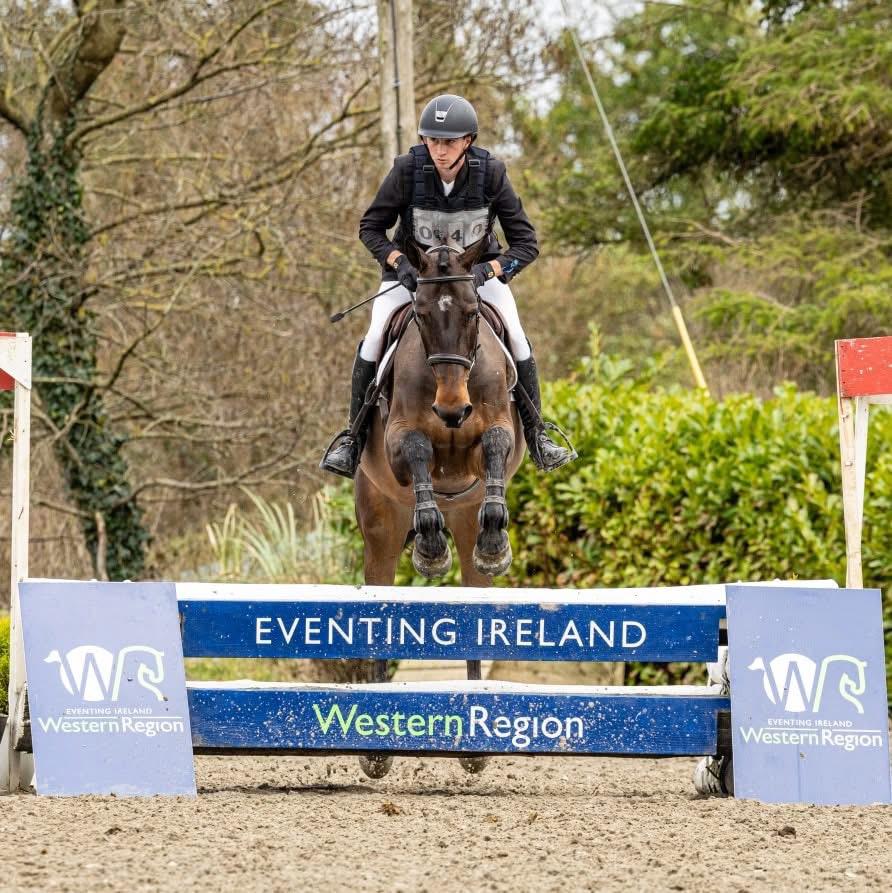
A new arena in the works at Stable View! Photo courtesy of SV FB.
Stable View is such an incredible facility, and they are constantly on the search for improvement for riders of all levels. Taking into account the increasingly demanding requirements of National and International competitions, they are in the process of designing an additional Attwood Arena. For show jumping, the arena will be wide enough to take three stadium standards with room for three trainers to provide instruction. For dressage, there will be space for a full size court with room for a judge’s car.
The present size is 70 meters X 36 meters, approximately 230’ X 118’. The new arena will be positioned at the front – on the old Dressage Field – and on the left of the present arena. There will be four access points, N, E, S and W. There will be direct access to the present arena via an existing entrance. No trees will be cut down. They are hoping to have it all finished in January of 2022!
U.S. Weekend Preview:
Full Gallop Farm Jingle Bells H.T. (Aiken, Sc.): [Website] [Entry Status] [Volunteer]
News From Around the Globe:
In 2009, the gelding Well Armed streaked past the finish line in what was then the world’s richest Thoroughbred race—The Grade 1 Dubai World Cup. The 6-year-old bay, owned by WinStar Stable, would race one more time before retiring. Today, you can sometimes see the tall bay gelding under Western tack being ridden around the Rafter C Ranch in Flower Mound, Texas, by owner Bill Casner. Both look comfortable in their attire, and the now-16-year-old gelding seems to be loving his new life. During his career on the track, Well Armed earned more than $5,000,000, but now he’s a cow pony. While it might seem crazy to imagine a multimillion-dollar-earning Thoroughbred roughing it on a ranch, it’s actually not all that uncommon. Truth is, horsemen are starting to look at OTTBs for more than just three-day eventing or show jumping. [OTTBs Make Racehorse to Ranch Horse a Reality]
Snow Leopardess, a fifth-generation home-bred belonging to William Fox-Pitt’s mother Marietta, became the first mare to win the Unibet Becher Chase over the Grand National fences at Aintree on Saturday. In atrocious conditions – testing ground and strong winds – she jumped from fence to fence under jockey Aidan Coleman. The pair led from The Chair to the finish in the 3m1f race, and held on gamely from the Sandy Thomson-trained Hill Sixteen to win by a nose. Her story is a long and inspiring tale of comeback and perseverance. [Fox-Pitt Homebred Wins at Aintree]
It’s super cold outside. You could ride … but, well, it’s super cold outside. Fortunately, riding is just one of many enjoyable and enriching activities we can do with our horses. So, when that winter wind howls and the freezing rain comes blowing in from the side and you can’t even feel your toes and hands enough to find your stirrups and reins, you’ve got some other choices. [The Smart Equestrian’s List To Beat Winter Blues]
You are never too young (or too old) to ask for a pony for Christmas. Many of us still have that on our holiday wish lists, year after year. Though a horse is a special gift any time of year, there’s a little extra magic to come out on a cold December morning and see the red bow around that pony’s neck. Adult amateur riders from The Plaid Horse Adult Amateur Lounge share their stories of holiday horses. [When Santa Brings a Pony]
Horses have adapted in many ways over millennia to be able to escape from predators and survive in the wild. They have long faces that house intricate structures for a strong sense of smell, skin so sensitive it will twitch when a fly touches it, and a set of some of the largest eyes in mammals. But there’s one sensory organ that’s often overlooked: vibrissae, better known as whiskers. These long hairs on the muzzle and around the eyes are useful sense elements for horses, but many riders trim them for a tidier appearance. While horses can survive without their vibrissae, the trimming of them is starting to be seen as a horse welfare issue as people learn more about their function and extrapolate research done with other species to horses. [Getting a Feel For Equine Sensory Hairs]
Trust Boyd to give us a good fall video:



















